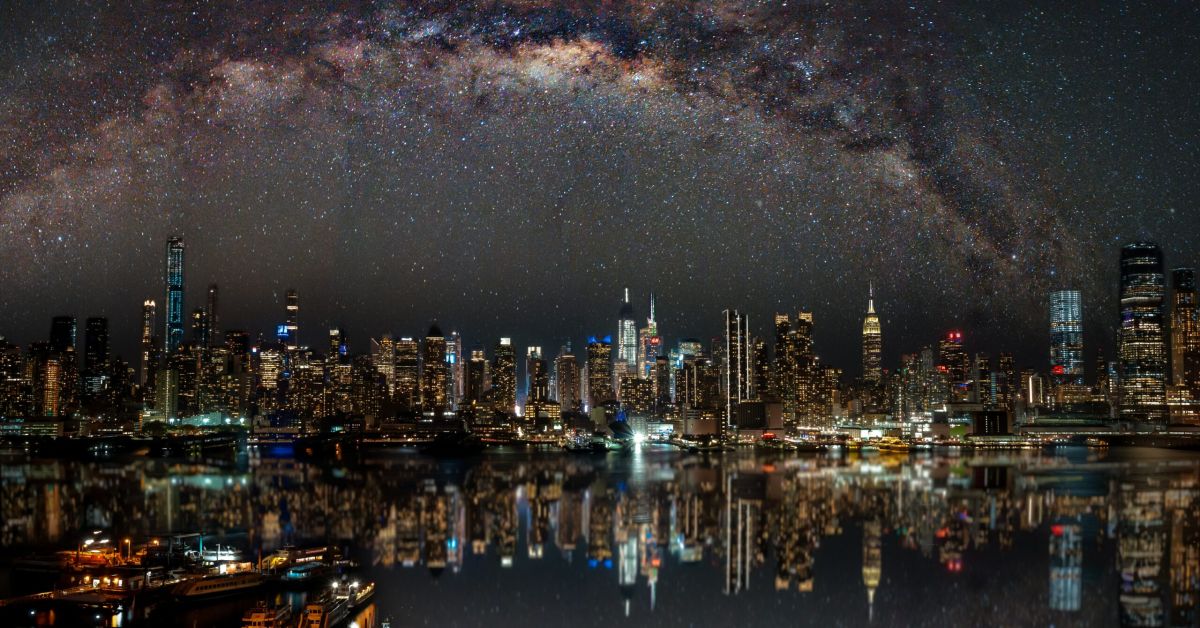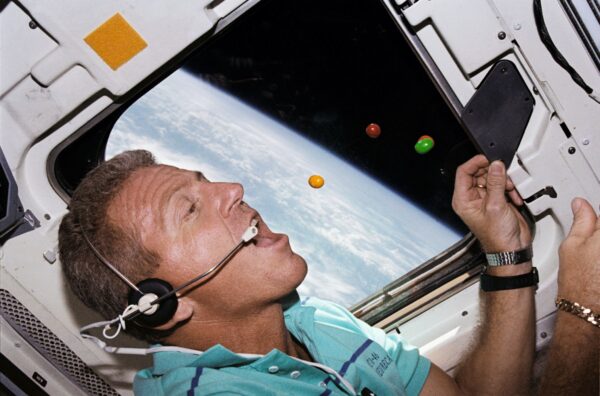Out of this world advertising
By Charlie Wild

Everywhere you look, the modern world is littered with advertisements, from social media to product placement to billboards and countless more. We are constantly surrounded by some form of advertising. It is estimated that the average person sees 4,000 to 10,000 adverts a day.
With the advent of social media and online analytics came the dawn of targeted advertising, where companies blast targeted adverts to screens all over the country. These adverts are based on your search history, amazon shopping basket, expected age demographic of your household, and affluence. It seems impossible to escape the barrage of product advertisements. The only place people can look to escape the influence is up to the sky, but this may be about to change.
From hyperlinks to hyperspace
Shamil Biktimirov and his team at the Skolkovo Institute of Science and Technology in Moscow have conducted a study into space advertising. They found that with the falling costs of launching satellites, it could be economically viable to put advertising in space for the first time.
The proposal is to use a fleet of 50 satellites with curved reflectors in sun-synchronous orbits following the sunset. These orbiting satellites, about the size of a paper shopping bag, would have parabolic mirror surfaces that reflect the sunlight down to the earth below. Each reflector would make up a pixel of the image that will be viewed in the sky by us on Earth.
The reflector’s exact alignment would be calculated by advanced computer algorithms to focus the images at specific points on the ground. This arrangement could change, meaning that simple graphics could be shown over a single city and the image shown could completely change about 25 times during its three-month mission.
Viewers on the ground would see the image for around ten minutes at either dawn or dusk, ranging from half to two or three times the size of the moon. The satellites would be launched and operate for three months before running out of fuel. Then they would fall out of the exact orbit required and slowly re-enter the earth’s atmosphere, burning up.
The study found that the cost of such a mission would be $65 million, including manufacture, testing, and launching. This becomes economically feasible when used to target areas of high population, where a possible $111 million in ad revenue could be obtained over the mission.

More trouble than they are worth?
This all sounds very space age but how likely is it to happen? There are some concerns about the safety of putting all the satellites into orbit and the risk of space debris being left that could collide with other objects in orbit, creating even more space pollution.
Although the team claims that the slow descent to earth of these satellites could be monitored, other experts are not so trusting in this procedure and think it better to remove the satellites from orbit before they run out of fuel. This would control the process rather than having them slowly ‘fall’ back to earth. Another concern is the light pollution caused by these adverts could affect astronomical observations on earth and in space.
There also remains the philosophical argument of whether this should even be considered. The sky is a huge source of natural beauty, from shooting stars to stellar activity, constellations, and planets. The night sky has always inspired humans to adventure further than they ever thought possible and discover more about the mysteries of the mechanics of the universe. Should we spoil this with adverts for your favourite fizzy drink or the newest generation of smartphones?

For now, space advertising is still heavily restricted. NASA astronauts have to refer to M&Ms as “candy-coated chocolates,” to avoid inadvertently endorsing the sweets. But this may change sooner than we think. In our society of mega-corporations and greed, it seems depressingly likely that logos in the sky may become normal in the not-so-distant future.







